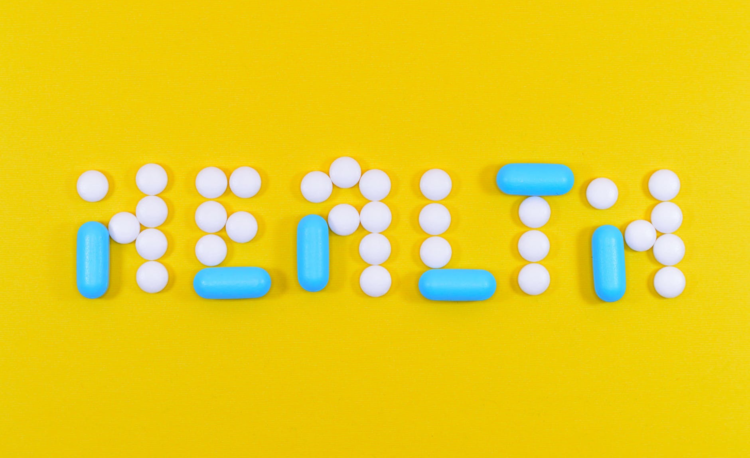Rational Drug Design
It is a process of discovery of a new molecule depending upon the target receptor. Generally, the drug is a small organic molecule that shows its action either by potentiation or inhibition of biomolecules that are present in the human body.
While designing a molecule it is very important to take care of its shape and charge which should be complementary to the binding site. Drug design is totally based upon the knowledge of the 3D structure of biomolecules and structure-based drug designing is done.
History:
In 1828, Wohler’s prepared urea but it was discovered by chance and containing acyclic structure. Serturner in 1817, isolated pure morphine. Jean Francois extracted opium with alcohol. In 1895, heroin was discovered and in 1930 antihypertensives were available for cardiac treatment. Propranolol synthesis took place in 1963 by James Black.
Chloramphenicol was the first antibiotic manufactured synthetically. In 1952, tetracyclines developed. Nitrogen mustard anticancer drugs developed by goodman and maxwell. Many new molecules came into existence.
Advantage:
- Knowledge regarding chemical response gives rise to an accurate treatment profile.
- Targeted screening is done to get an idea about the disease.
- Lead optimization of the pharmacology of already existing drugs.
- Docking of protein and ligand can be done to predict pollutants that can be destroyed by the enzymes.
- Binding affinity can also be improved.
- Expensive than the traditional process.
- Time-consuming process.
- Scientist faces many challenges while rational drug design.
- The targeting and docking process is difficult to maintain.



